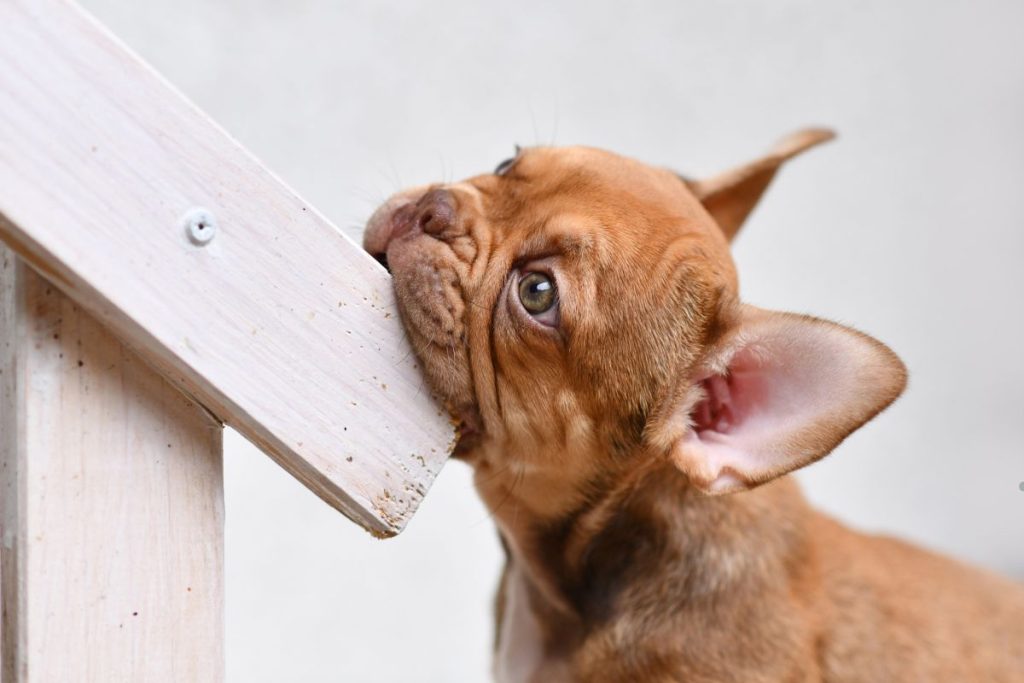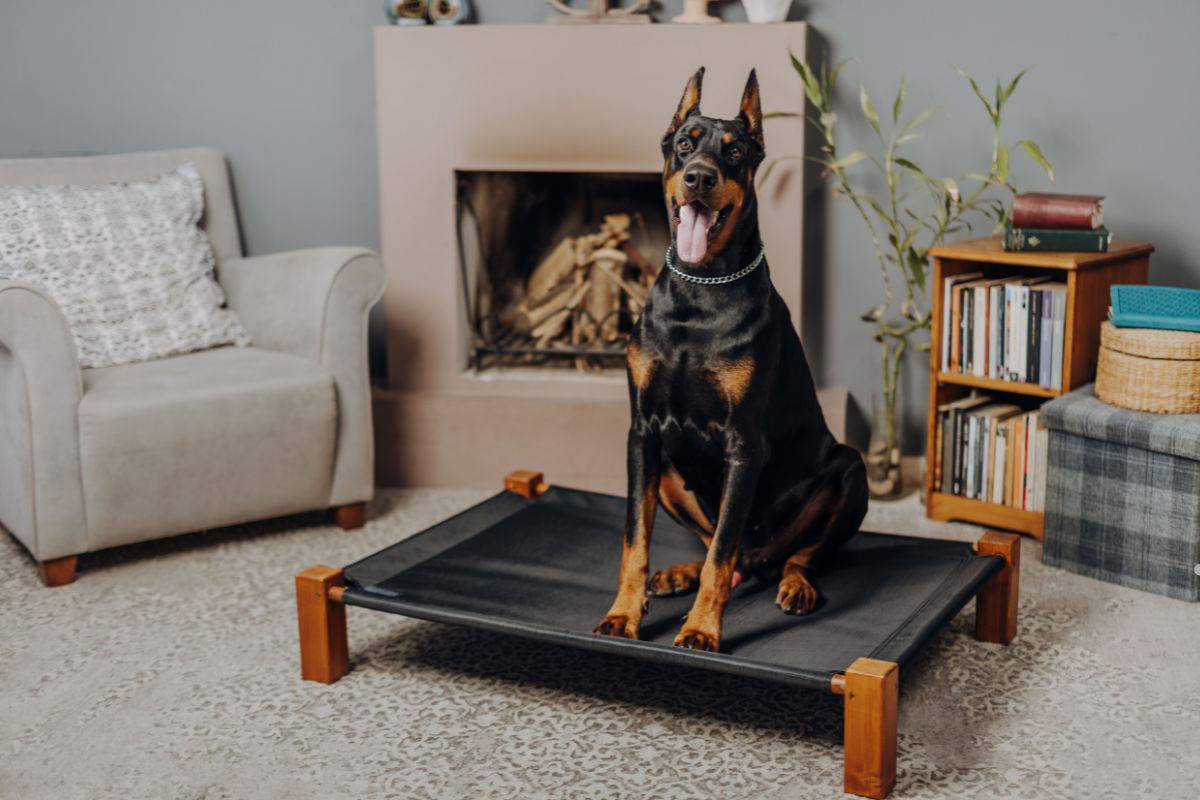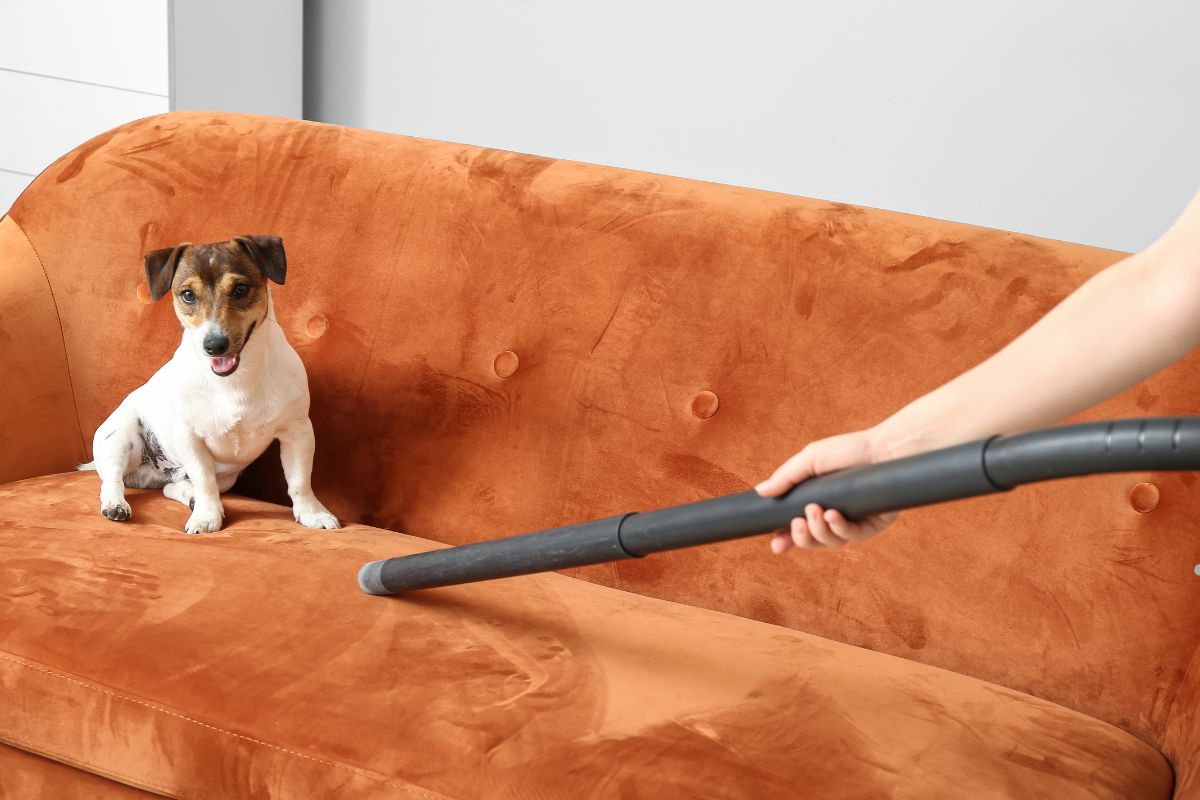
Dog chew marks on your beloved wood furniture are frustrating, but the good news is you can often repair them yourself! This guide provides step-by-step instructions for tackling everything from minor scratches to deep gouges, helping you restore your furniture and deter future damage. From surface scratches to filling deep gouges, this guide offers practical solutions to bring your furniture back to life. Don’t let your furry friend’s teething or boredom ruin your favorite pieces – with a little effort, you can reclaim your furniture and enjoy a chew-free home.
The Agony of Dog-Chewed Furniture

Few things are more disheartening than discovering your dog has used your beautiful wood furniture as a chew toy. Whether it’s a playful puppy or a bored adult dog, the damage can range from minor cosmetic flaws to significant structural issues. These marks not only detract from the aesthetic appeal of your home but can also lower the value of your furniture. But don’t despair! Most dog chew marks are repairable with the right techniques and tools. For expert guidance, check out our furniture repair services.
Evaluating the Damage: How Deep Do the Wounds Go?
The first step in repairing dog chew marks is to assess the extent of the damage. Different types of damage require different approaches.
- Surface Scratches vs. Deep Gouges: Surface scratches are usually shallow and only affect the finish of the wood. Deep gouges, on the other hand, penetrate the wood itself, leaving noticeable indentations.
- Assessing Finish Damage: Look for areas where the finish is chipped, worn, or completely removed. This will help you determine the type of finish you need to match during the repair process.
Understanding the depth of the damage is crucial for selecting the appropriate repair methods and materials. If the damage is too extensive or complex, you might consider professional furniture restoration.
Gather Your Arsenal: Essential Tools and Materials
Before you begin, gather the necessary tools and materials. Having everything on hand will make the repair process smoother and more efficient.
- Cleaning Supplies: Mild soap, water, and a clean cloth.
- Sanding Tools: Sandpaper in various grits (120, 220, 320), sanding block or orbital sander.
- Wood Fillers/Putty: Wood filler for filling gouges, wood putty for small imperfections.
- Stains and Finishes: Wood stain to match the existing color, clear finish (varnish, lacquer, polyurethane) to protect the repair.
- Other Essentials: Putty knife, tack cloth, paintbrushes, safety glasses, and gloves.
Choosing high-quality materials will ensure a durable and professional-looking repair.
Don’t have the tools? We can take care of it. Call us today for professional furniture repair services!
Simple Solutions: Fixing Minor Dog Scratches
Minor scratches are the easiest to repair. Here’s how:
- Cleaning and Smoothing: Clean the area with mild soap and water. Once dry, lightly sand the scratch with 220-grit sandpaper to smooth the edges. For more in-depth repair techniques, refer to our previous blog page Bone Inlay Furniture Repair: A Comprehensive DIY Guide for Homeowners.
- Applying Touch-Up Finish: Apply a touch-up finish that matches the existing color. You can find these at most hardware stores. Apply in thin coats, allowing each coat to dry completely.
For superficial scratches, a simple touch-up finish might be all you need to restore the furniture’s appearance.
Filling the Void: Mending Deeper Dog Damage

Deeper gouges require a more involved repair process.
- Cleaning and Sanding the Area: Clean the gouge thoroughly and sand the surrounding area to create a smooth surface.
- Applying Wood Filler/Putty: Apply wood filler or putty to the gouge, slightly overfilling it.
- Sanding and Shaping the Filler: Once the filler is dry, sand it down to match the contour of the surrounding wood. Start with 120-grit sandpaper and finish with 220-grit for a smooth surface.
- Staining and Finishing: Apply stain to match the existing color and then apply a clear finish to protect the repair.
Take your time and be patient during this process. Achieving a seamless repair requires attention to detail. If you’re finding the gouge too hard to fill, it might be time to get professional help.
The Finishing Touch: Blending and Protecting Your Repair
The final step is to blend the repaired area with the surrounding finish.
- Applying Sealer or Primer: Apply Sealer or Primer before using topcoat.
- Applying Topcoat: Choose a finish that matches the existing finish (varnish, lacquer, polyurethane). Apply it in thin, even coats, allowing each coat to dry completely.
A properly applied finish will protect the repair and create a seamless appearance.
Deterring Future Damage: Dog-Proofing Your Furniture
Prevention is key to avoiding future dog chew marks.
- Providing Chew Toys: Ensure your dog has plenty of appropriate chew toys.
- Using Bitter Apple Spray: Apply bitter apple spray to your furniture to deter chewing.
- Protecting Furniture with Covers: Use furniture covers to protect vulnerable areas.
By taking preventative measures, you can protect your furniture and keep your dog happy and engaged. Do you want to know about
Tired of constant repairs? Invest in dog-proofing. Call us for expert advice on protecting your furniture from your furry friend.”
Reclaiming Your Furniture: Enjoying a Chew-Free Home
Repairing dog chew marks on wood furniture may seem daunting, but it is achievable with patience and the right techniques. By following this guide, you can restore your furniture and enjoy a chew-free home. Don’t let a few chew marks ruin your favorite pieces – take action and reclaim your furniture today!
Frequently Asked Questions (FAQs)
What type of wood filler should I use?
For most repairs, a paintable wood filler is suitable. For larger repairs, consider a two-part epoxy wood filler for added strength.
How can I match the existing stain on my furniture?
Take a sample of your furniture to a hardware store and ask for assistance in matching the stain. They can often provide custom-tinted stains.
Is it possible to completely hide a deep dog chew mark?
While it may be difficult to completely hide a deep chew mark, with careful repair and blending, you can significantly minimize its appearance.
How long will the repair last?
The longevity of the repair depends on the quality of materials used and the dog’s behavior. Taking preventative measures can help extend the life of the repair.
What can I do to stop my dog from chewing furniture?
Provide plenty of chew toys, ensure your dog gets enough exercise, and consider using bitter apple spray on your furniture.
Still have questions? We’re here to help! Contact us for expert advice and furniture repair solutions.”

